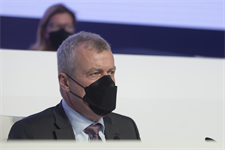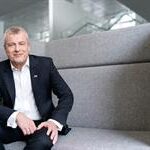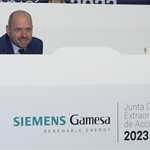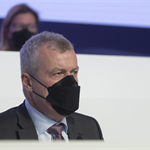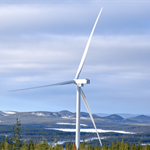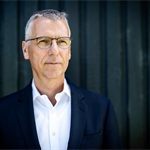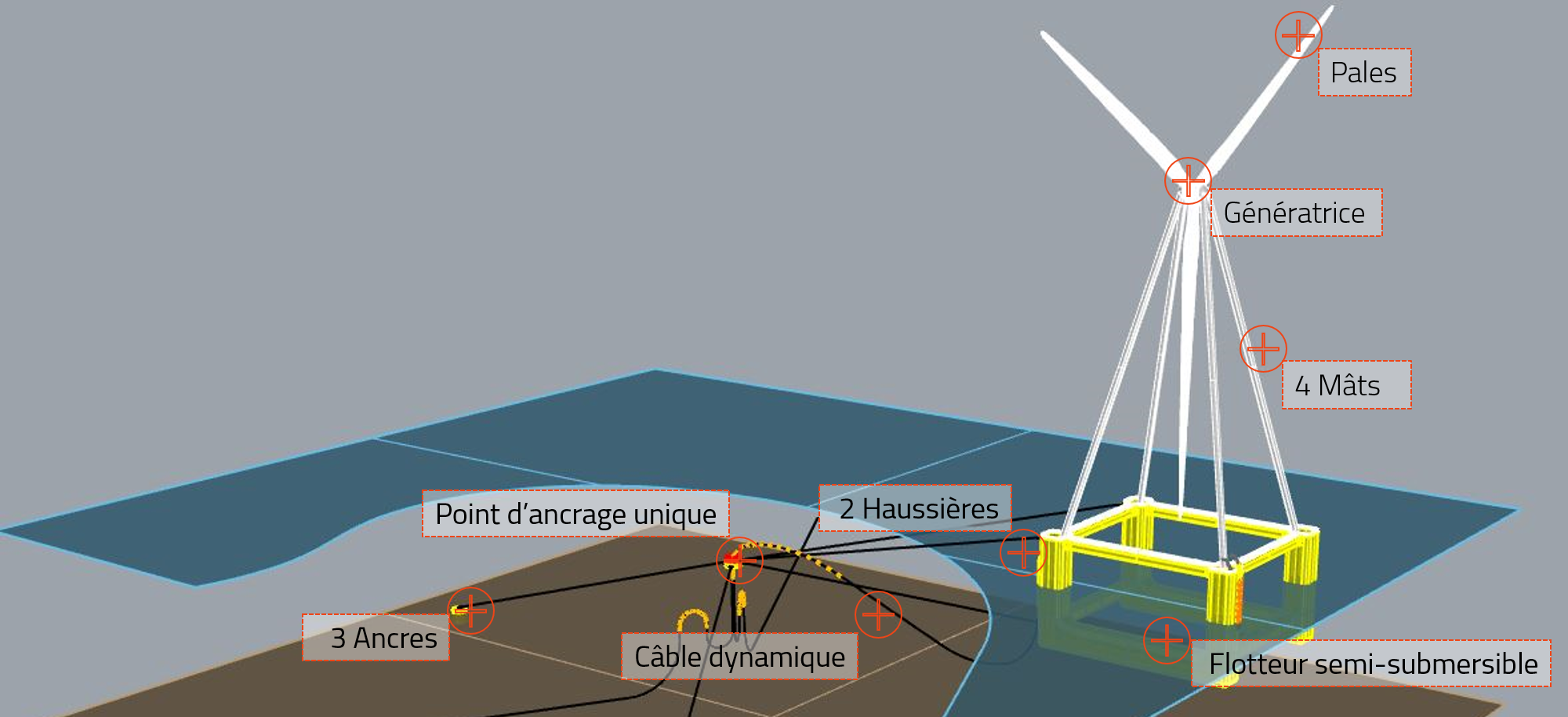Siemens Gamesa ‘could cut wind turbine models’ in long-term turnaround strategy – CEO
Energy Disrupter
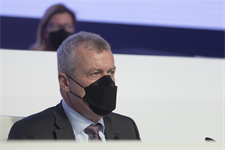
Siemens Gamesa will look at the number of turbines it offers, the potential for standardisation or a modular approach and how much of its manufacturing is carried out in-house as it prepares a new long-term strategy to fix its “underperformance”.
The company today (5 May) announced plans to launch a strategy for turning around its business amid difficulties in ramping up its new onshore wind platform, cost inflation and supply chain and transportation issues. It announced the plans alongside releasing its second quarter financial results, in which it reported a €304 million loss for the period.
CEO Jochen Eickholt told reporters that the company may have “too many product points” – especially with regards to research and development (R&D) spending and commercial success – and that this would be something it would look at before unveiling the strategy.
Siemens Gamesa’s current onshore lineup features six different onshore turbine models, with power ratings ranging from 3.4MW to 6.6MW. It also offers additional country- and region-specific onshore variants for France, Japan and North America.
The European wind giant also has six offshore wind turbines, with power ratings from 6MW to 15MW.
“The number of product points is something we look at because, typically, for any one turbine to be effective from a commercial perspective, you need to have a certain minimum volume behind that,” Eickholt explained. “If that is not given, then the question is why should we continue to offer those.”
Eickholt – who replaced Andreas Nauen as chief executive in March – added: “Sometimes I feel that the R&D euros spend is spread among too many product points. So if we would be able to reduce the complexity in our own portfolio, then the result of that would probably be much better.”
‘Standardised and simplified’
In a conference call accompanying the release of Siemens Gamesa’s second quarter financial results, Eickholt told reporters that a more “standardised and simplified” turbine offering could help with the company’s goals of achieving profitability and sustainability.
He suggested that such a pared down offering – especially in converter systems, which, he noted, sometimes have gearboxes and sometimes do not – could be beneficial.
And Eickholt added that a more modular approach – as is often found in the automotive sector – could be a “great benefit”.
Siemens Gamesa will also consider the question, “What is the right level of [manufacturing] in-house versus procuring that level of activity?”, Eickholt told reporters.

